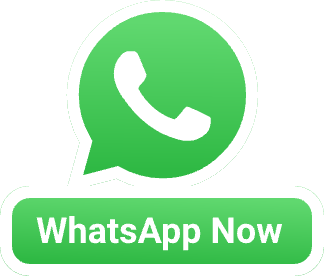
| Application: | For Commercial,Spa ,clinic | Warranty: | 1 YEAR |
|---|---|---|---|
| Laser Wavelength: | 650nm/980nm | Frequency: | 1-10HZ |
| Laser Power: | 30w | Machine Power: | 250W |
| Material: | Aluminum Alloy | Voltage: | 110V/220V 50-60Hz |
| Feature: | Pain Relief, Physiotherapy | Technology: | Cold Laser |
| Touch Screen: | Yes | Pulse Width: | 15-8015-80ms |
| High Light: | Pain Relief Cold Laser Device,Spa 980nm Cold Laser Device |
||
Low Level Laser Therapy Lllt Pain Relief Cold Laser Device
Specification
| Product name | LLLT cold laser physiotherapy machine |
| Function | pain reduce , low back pain therapy |
| Machine Power | 250W |
| Application | Rehabilitation Centre , clinic , physiotherapy center |
| Usage | physical therapy |
| Voltage | AC100V~240V/47~63Hz |
| Technology | CET RET |
| Advantage | Powerful and portable |
| Name | CET and RET rf physiotherapy |
| Color | White |
| handle | 1 handle with 2 heads |
| MOQ | 1PC |
| Treatment area | body |
What’s cold laser therapy?
Cold laser therapy is low-intensity laser therapy that stimulates healing while using low levels of light.
The technique is called “cold” laser therapy because the low levels of light aren’t enough to heat your body’s tissue. The level of light is low when compared to other forms of laser therapy, such as those used to destroy tumors and coagulate tissue.
Surgical and aesthetic lasers heat the tissue being treated. True to its name, cold laser therapy does not.
Cold laser therapy is also known as:
low-level laser therapy (LLLT)
low-power laser therapy (LPLT)
soft laser biostimulation
photobiomodulation
How does cold laser therapy work?
During this procedure, different wavelengths and outputs of low-level light are applied directly to a targeted area. The body tissue then absorbs the light. The red and near-infrared light cause a reaction, and the damaged cells respond with a physiological reaction that promotes regeneration.
Superficial tissue is commonly treated with wavelengths between 600 and 700 nanometers (nm). For deeper penetration, wavelengths between 780 and 950 nm are used.
Although you’ll feel the laser device touching your skin, the procedure is painless and noninvasive. There will be no sound and you’ll feel no vibration or heat. Each treatment typically takes only a few minutes.
What’s cold laser therapy used for?
Doctors, dentists, physical therapists, and other medical professionals use cold laser therapy in a variety of ways. The main uses for cold laser therapy are tissue repair and relief from pain and inflammation.
Minor injuries and sprains
Sports medicine and physical therapy practices often use cold laser therapy in the treatment of minor injuries and sprains, such as:
ligament sprains
muscle strains
tendonitis
bursitis
tennis elbow
neck pain
lower back pain
knee pain
pain associated with muscle spasms
It’s also used to help reduce swelling and promote healing of the joints and soft tissue.
Inflammation
Dentists use cold lasers to treat inflamed tissues in the mouth and to heal ulcerations. Doctors use it to treat inflammation caused by rheumatoid arthritis (RA) and other chronic autoimmune diseases.
Aches and pains
Pain clinics use cold laser therapy to help people with acute or chronic pain from conditions such as fibromyalgia and carpal tunnel syndrome.
Skin rejuvenation
Cold laser therapy is used to encourage skin rejuvenation. Dermatologists use it to treat various skin problems, including:
acne and acne scars
psoriasis
burns
vitiligo
edema, or swelling of the skin
dermatitis and rashes
Wound healing
Cold laser therapy is also used to treat difficult-to-heal wounds, including wounds related to diabetes.
Acupuncture
Acupuncturists use cold laser therapy for clients who are uncomfortable with needles. The low-level laser beams can stimulate your acupoints the same way needles do, but without piercing your skin.
Future uses
The potential for new applications for cold laser therapy is virtually limitless. Researchers are studying its use in hopes that it can help treat a variety of ailments and conditions, including:
traumatic brain injury (TBI)
spinal cord injury
Alzheimer’s disease
Parkinson’s disease
![]()
![]()